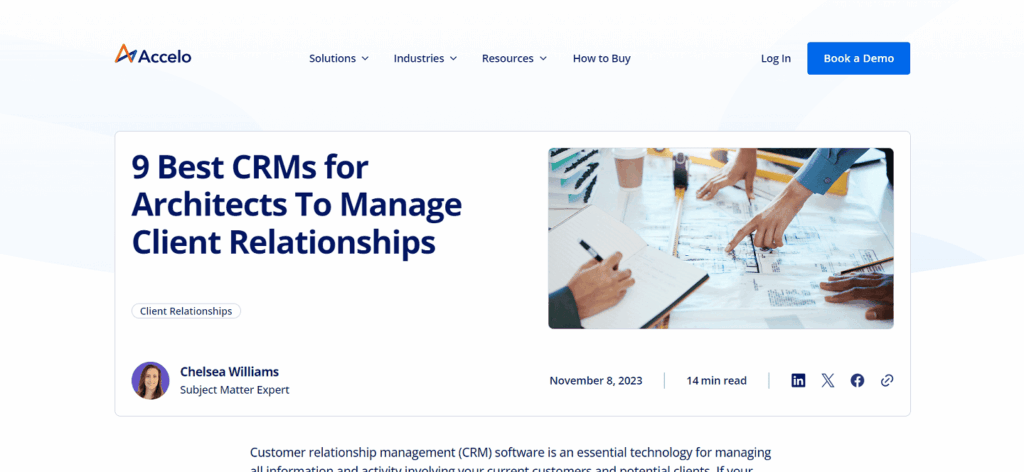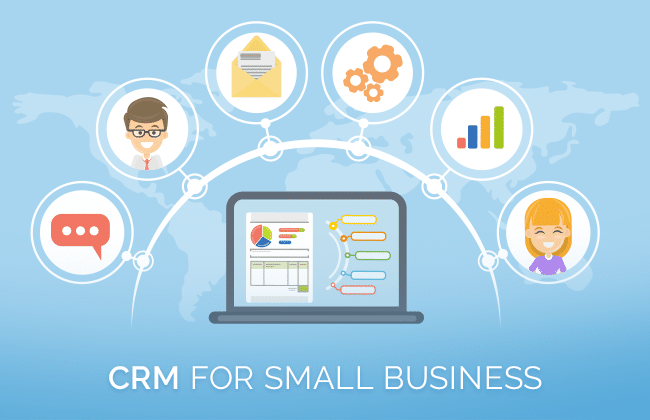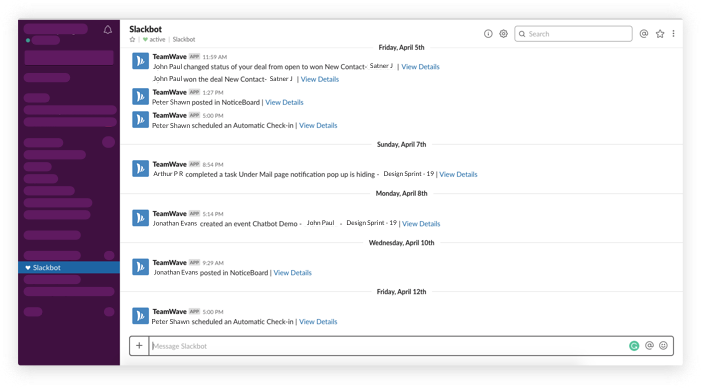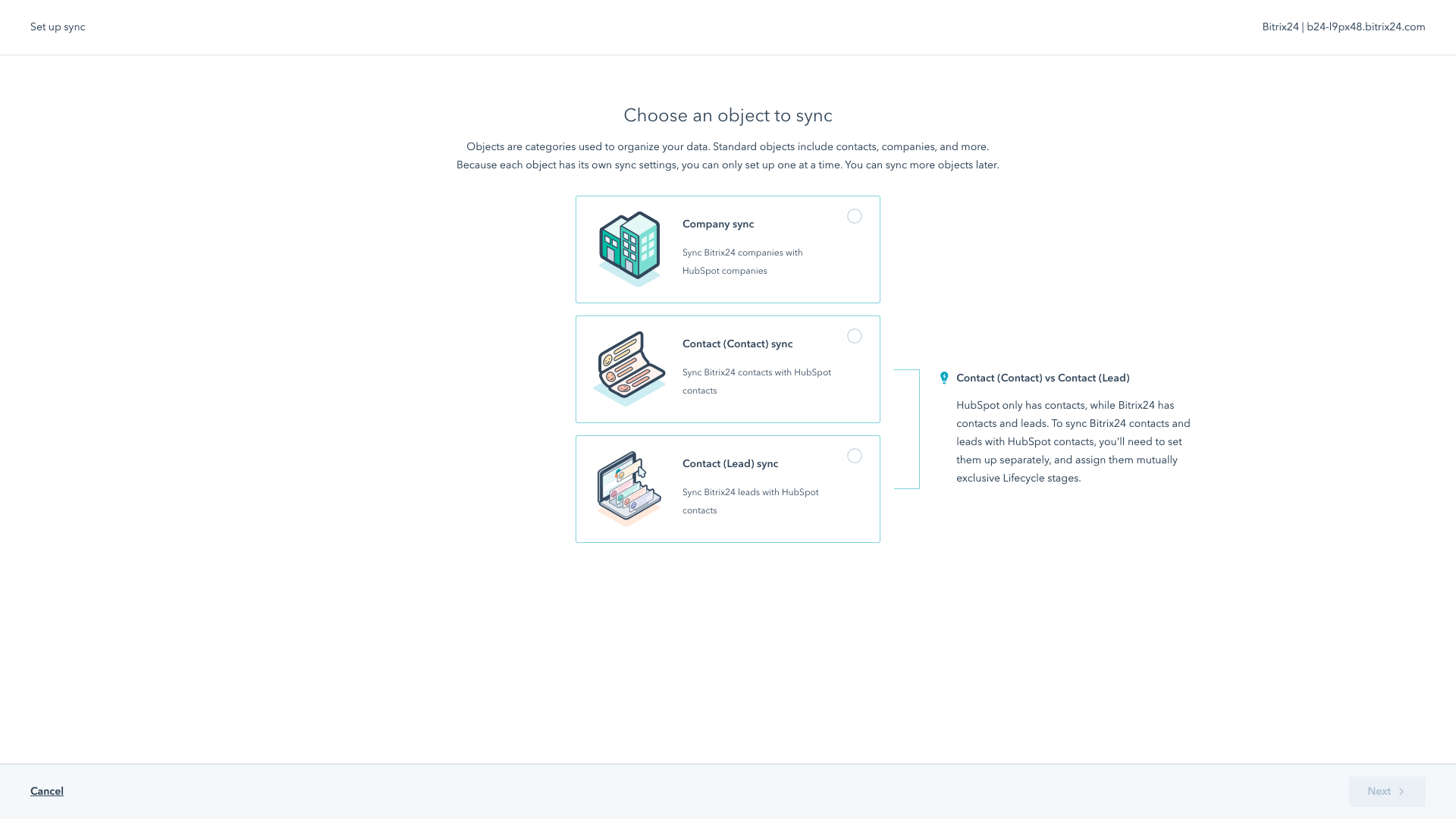
Supercharge Your Business: A Comprehensive Guide to CRM Integration with Accelo
In today’s fast-paced business environment, efficiency and organization are paramount. Companies are constantly seeking ways to streamline their workflows, improve client relationships, and boost overall productivity. One of the most effective ways to achieve these goals is through the strategic integration of a Customer Relationship Management (CRM) system with other essential business tools. This article delves deep into the world of CRM integration, with a specific focus on how to seamlessly integrate Accelo, a powerful work management platform, to unlock its full potential. We’ll explore the benefits, the how-to, and everything in between, ensuring you have a comprehensive understanding to make informed decisions for your business.
Understanding the Power of CRM and Accelo
What is CRM?
At its core, a CRM system acts as a central hub for all your customer-related information. It’s a software solution designed to manage and analyze customer interactions and data throughout the customer lifecycle. From initial contact to ongoing support, a CRM provides a 360-degree view of your customers, enabling you to:
- Improve customer relationships
- Enhance customer satisfaction
- Drive sales growth
- Increase customer retention
CRM systems typically include features such as contact management, lead tracking, sales automation, marketing automation, and customer service tools. Popular CRM platforms include Salesforce, HubSpot, Zoho CRM, and many others.
Introducing Accelo: The Work Management Platform
Accelo is a work management platform tailored for professional service businesses. It’s designed to help these businesses manage projects, track time, automate tasks, and improve profitability. Unlike traditional CRM systems that primarily focus on sales and marketing, Accelo is focused on the operational aspects of running a service-based business. Key features of Accelo include:
- Project management
- Time tracking
- Client communication
- Invoicing
- Reporting and analytics
Accelo helps businesses streamline their operations, improve project delivery, and gain better visibility into their performance. It is a comprehensive solution for professional services firms looking to optimize their workflow and boost efficiency.
Why Integrate CRM with Accelo? The Benefits Explained
Integrating your CRM with Accelo is a powerful move that can unlock significant benefits for your business. It bridges the gap between sales and operations, providing a unified view of your customer journey. Here are some key advantages:
Enhanced Data Synchronization
One of the most significant benefits is the seamless synchronization of data between your CRM and Accelo. This means that customer information, such as contact details, company information, and communication history, is automatically shared between the two systems. This eliminates the need for manual data entry, reduces the risk of errors, and ensures that everyone in your organization has access to the most up-to-date information.
Improved Sales and Operations Alignment
Integration fosters a stronger alignment between your sales and operations teams. Sales teams can easily see the status of projects and the progress of work, allowing them to provide more accurate updates to clients and manage expectations effectively. Operations teams, on the other hand, gain insights into upcoming projects and client needs, enabling them to plan resources and allocate tasks more efficiently.
Streamlined Workflow and Increased Efficiency
Integration automates many manual tasks, such as transferring customer data, creating projects, and updating project statuses. This streamlines your workflow and frees up your team members to focus on more strategic and value-added activities. By automating repetitive tasks, you can significantly improve efficiency and productivity across your organization.
Better Customer Experience
With a unified view of your customer data, your team can provide a more personalized and consistent customer experience. Everyone has access to the same information, enabling them to address customer inquiries quickly and effectively. This leads to increased customer satisfaction and loyalty.
Data-Driven Decision Making
Integration provides you with a wealth of data that can be used to make more informed decisions. You can track key metrics such as sales performance, project profitability, and customer satisfaction. This data allows you to identify areas for improvement, optimize your processes, and make data-driven decisions that drive business growth.
Step-by-Step Guide to CRM Integration with Accelo
Integrating your CRM with Accelo can seem daunting, but the process is often straightforward, especially with the right guidance. Here’s a step-by-step guide to help you navigate the integration process.
1. Choose the Right CRM
Before you start integrating, you need to choose the right CRM for your business needs. Consider factors such as:
- Features: Does the CRM offer the features you need, such as sales automation, marketing automation, and customer service tools?
- Scalability: Can the CRM scale to accommodate your growing business?
- Integration capabilities: Does the CRM integrate with Accelo and other tools you use?
- Pricing: Is the CRM affordable and within your budget?
Some of the most popular CRM systems include Salesforce, HubSpot, Zoho CRM, and Pipedrive. Each has its own strengths and weaknesses, so it’s important to research and compare different options before making a decision.
2. Assess Your Integration Needs
Before you begin the integration process, it’s crucial to assess your specific needs. What data do you want to sync between your CRM and Accelo? How frequently do you need the data to be updated? What workflows do you want to automate? Define your integration goals and objectives to ensure a successful implementation.
3. Choose an Integration Method
There are several ways to integrate your CRM with Accelo, including:
- Native Integration: Some CRMs offer native integrations with Accelo, meaning they have a pre-built integration that simplifies the process.
- Third-Party Integration Platforms: Platforms like Zapier, Integromat (now Make), and Automate.io allow you to connect your CRM with Accelo and automate workflows.
- Custom Integration: If you have specific needs or require more advanced functionality, you can develop a custom integration using APIs.
The best integration method depends on your technical expertise, budget, and specific requirements.
4. Set Up the Integration
Once you’ve chosen your integration method, follow the instructions provided by the platform or service you’re using. This typically involves:
- Connecting your CRM and Accelo accounts.
- Mapping the data fields you want to sync.
- Configuring the workflows you want to automate.
- Testing the integration to ensure it’s working correctly.
Be sure to consult the documentation for your chosen integration method for detailed instructions.
5. Test and Refine
Before you go live, thoroughly test the integration to ensure that data is syncing correctly and that your workflows are working as expected. Make any necessary adjustments and refine the integration based on your testing results. Consider a pilot program with a small group of users before rolling it out to your entire organization.
6. Provide Training and Support
Once the integration is live, provide training and support to your team members. Help them understand how to use the integrated systems and how to leverage the new workflows. Address any questions or issues that arise and provide ongoing support as needed.
Choosing the Right Integration Method: A Deeper Dive
As mentioned earlier, there are several ways to integrate your CRM with Accelo. Let’s take a closer look at the pros and cons of each method to help you make an informed decision.
Native Integrations
Pros:
- Ease of Use: Native integrations are typically the easiest to set up and use, as they are designed to work seamlessly with both platforms.
- Reliability: Native integrations are often more reliable than third-party integrations, as they are developed and maintained by the platform providers.
- Features: Native integrations often offer a wider range of features and functionalities.
Cons:
- Limited Availability: Native integrations may not be available for all CRM systems.
- Cost: Native integrations may require a paid subscription or additional fees.
- Customization: Native integrations may offer limited customization options.
Third-Party Integration Platforms (e.g., Zapier, Make)
Pros:
- Flexibility: Third-party integration platforms offer a high degree of flexibility and can connect to a wide range of applications.
- Affordability: Many third-party integration platforms offer affordable pricing plans.
- Ease of Use: Third-party integration platforms often have user-friendly interfaces that make it easy to set up and manage integrations.
Cons:
- Complexity: Third-party integrations can be more complex to set up and manage than native integrations.
- Reliability: Third-party integrations may be less reliable than native integrations.
- Security: You need to ensure the third-party platform has robust security measures.
Custom Integrations
Pros:
- Customization: Custom integrations offer the highest degree of customization and can be tailored to your specific needs.
- Functionality: Custom integrations can provide advanced functionality that is not available with other integration methods.
Cons:
- Complexity: Custom integrations are the most complex to develop and maintain.
- Cost: Custom integrations are typically the most expensive option.
- Technical Expertise: Custom integrations require technical expertise and development resources.
Best Practices for a Successful Integration
To ensure a successful CRM integration with Accelo, follow these best practices:
1. Plan Thoroughly
Before you begin the integration process, take the time to plan thoroughly. Define your goals, identify your needs, and choose the right integration method. A well-defined plan will increase your chances of success.
2. Start Small and Scale Up
Don’t try to integrate everything at once. Start with a few key data fields and workflows, and then gradually expand the integration as you gain experience. This approach allows you to identify and address any issues early on.
3. Test Rigorously
Thorough testing is essential. Test the integration in a staging environment before rolling it out to your production environment. Make sure to test all the workflows and data synchronization scenarios.
4. Document Everything
Document the integration process, including your goals, needs, integration method, and configuration settings. This documentation will be invaluable for troubleshooting, maintenance, and future updates.
5. Provide Ongoing Training and Support
Provide ongoing training and support to your team members. Help them understand how to use the integrated systems and how to leverage the new workflows. Address any questions or issues that arise and provide ongoing support as needed.
6. Monitor and Optimize
Regularly monitor the integration to ensure that it’s working correctly. Identify any performance issues or errors and take steps to optimize the integration. Review your goals and needs periodically and make any necessary adjustments.
Real-World Examples of CRM Integration with Accelo
To illustrate the power of CRM integration with Accelo, here are some real-world examples:
Example 1: Sales Process Automation
A professional services firm integrates their CRM with Accelo to automate their sales process. When a new lead is created in the CRM, the integration automatically creates a project in Accelo. The project includes the lead’s contact information, company information, and any relevant notes from the CRM. This eliminates the need for manual data entry and ensures that the project is set up correctly from the start.
Example 2: Project Management and Time Tracking
A marketing agency integrates their CRM with Accelo to streamline their project management and time tracking. When a new project is won, the integration automatically creates a project in Accelo, including the client’s contact information and project scope. The agency’s team members track their time spent on the project in Accelo, and the time data is automatically synced with the CRM. This allows the agency to accurately track project profitability and invoice clients for their time.
Example 3: Client Communication and Collaboration
A consulting firm integrates their CRM with Accelo to improve client communication and collaboration. When a new client is onboarded, the integration automatically creates a client account in Accelo and syncs the client’s contact information and company information. The firm’s team members can communicate with the client through Accelo, and all communication is automatically logged in the CRM. This ensures that everyone has access to the same information and that client communication is consistent.
Troubleshooting Common Integration Issues
Even with careful planning and execution, you may encounter some issues during the integration process. Here are some common problems and how to troubleshoot them:
Data Synchronization Errors
Data synchronization errors can occur if there are inconsistencies between the data fields in your CRM and Accelo. To troubleshoot these errors:
- Verify that the data fields are mapped correctly.
- Check for any data validation rules that may be preventing the data from syncing.
- Review the integration logs for error messages.
Workflow Automation Issues
Workflow automation issues can occur if the workflows are not configured correctly. To troubleshoot these issues:
- Verify that the triggers and actions are set up correctly.
- Check for any conditions that may be preventing the workflow from running.
- Review the integration logs for error messages.
Performance Issues
Performance issues can occur if the integration is not optimized. To troubleshoot these issues:
- Review the integration logs for performance bottlenecks.
- Optimize the integration settings.
- Consider upgrading your integration platform or service.
The Future of CRM and Work Management Integration
The integration of CRM and work management platforms like Accelo is a growing trend that is expected to continue in the future. As businesses strive to become more efficient and customer-centric, the demand for seamless integration will only increase. Here are some trends to watch:
Artificial Intelligence (AI) and Machine Learning (ML)
AI and ML are already being used to automate tasks, personalize customer experiences, and provide insights into customer behavior. As these technologies evolve, they will play an even greater role in CRM and work management integration. For example, AI can be used to automatically identify and prioritize leads, predict customer churn, and optimize project resource allocation.
Increased Automation
Automation will continue to be a key driver of CRM and work management integration. Businesses will seek to automate more and more tasks, from data entry to project management to customer service. This will free up employees to focus on more strategic and value-added activities.
Enhanced Personalization
Businesses will continue to focus on providing personalized customer experiences. CRM and work management integration will enable businesses to deliver more personalized experiences by providing a 360-degree view of their customers and their interactions with the business.
Mobile Integration
Mobile integration will become increasingly important. Businesses will need to provide their employees with access to CRM and work management data and functionality on their mobile devices. This will enable employees to work more efficiently and effectively, regardless of their location.
Conclusion: Embracing the Power of Integration
Integrating your CRM with Accelo is a strategic move that can transform your business. By streamlining your workflow, improving data synchronization, and enhancing customer experience, you can unlock significant benefits that drive growth and success. The journey to integration requires careful planning, execution, and ongoing optimization. By following the best practices outlined in this guide, you can successfully integrate your CRM with Accelo and supercharge your business. Embrace the power of integration and take your business to the next level!


